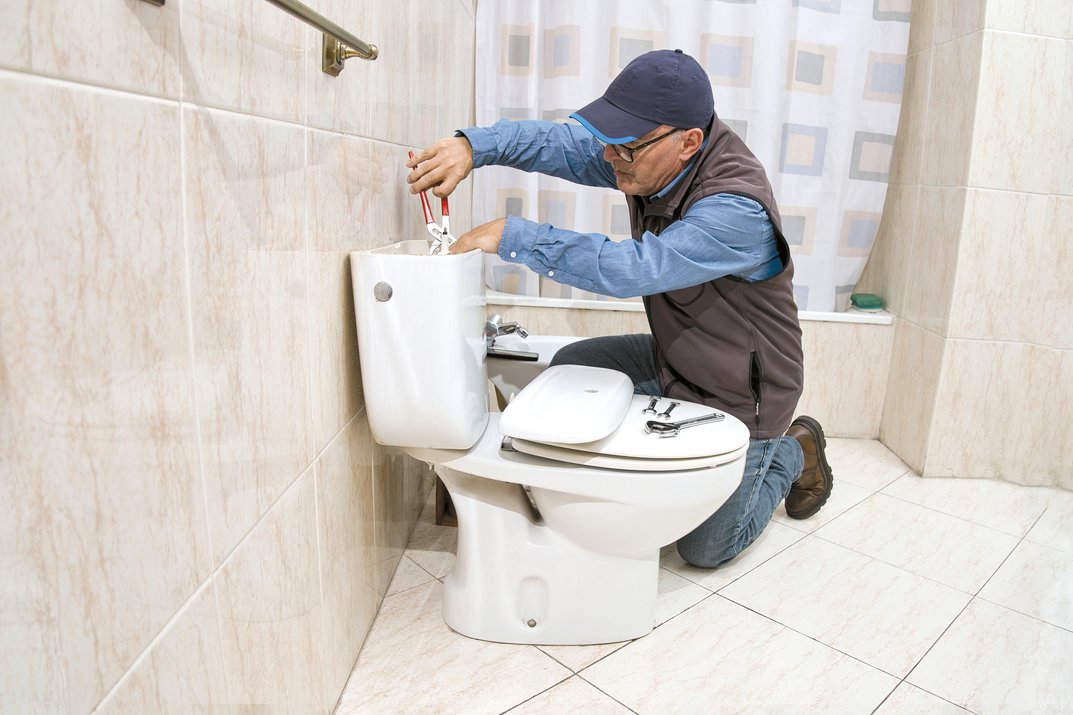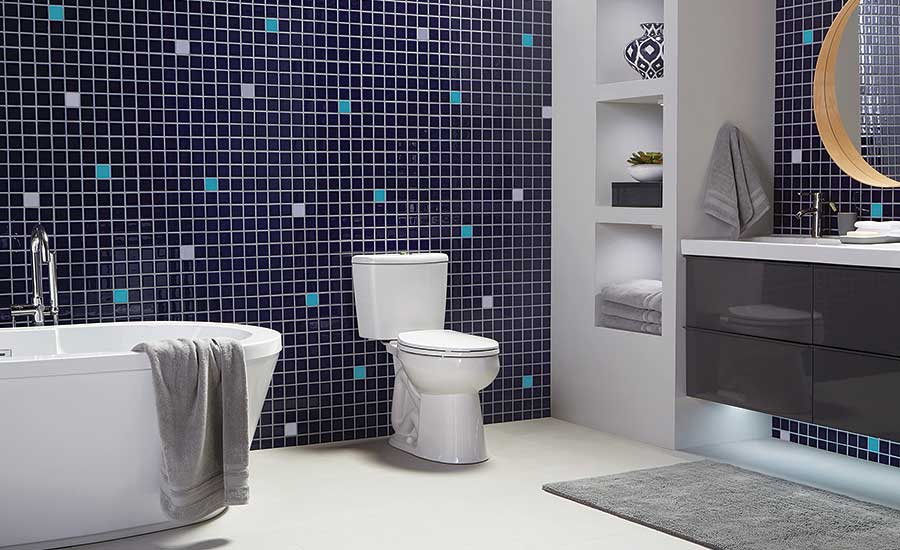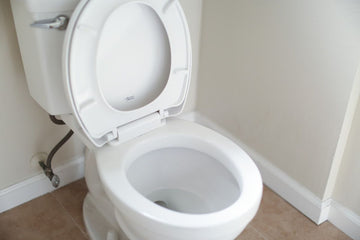In today's environmentally-conscious world, many homeowners are seeking ways to reduce their water usage and make their homes more sustainable. One effective method is by upgrading your old toilet to a water-saving model. If you're part of the industry QA or simply a homeowner looking to make a change, understanding the process of this upgrade can be immensely beneficial.
Upgrading your toilet is not just about saving water; it's about embracing a lifestyle that prioritizes conservation and efficiency. The process might seem daunting, but with the right guidance, you can transform your bathroom into an eco-friendly sanctuary. In this article, we'll explore the steps and considerations involved in upgrading to a water-saving toilet model.

Understanding the Benefits of Water-Saving Toilets
Before diving into the upgrade process, it's crucial to understand why water-saving toilets are a smart investment. Not only do they help conserve water, but they also reduce your water bills significantly. According to the Environmental Protection Agency (EPA), toilets account for nearly 30% of an average home's indoor water consumption. By upgrading to a low-flow or dual-flush toilet, you can cut this usage by more than half.
For a more in-depth look at the types of flush systems available, you can explore how to choose the best flush system.
Choosing the Right Water-Saving Model
The first step in upgrading is selecting the right model. There are various options available, including dual-flush, pressure-assisted, and gravity-feed toilets. Each of these models comes with its own set of advantages. For instance, dual-flush toilets offer the flexibility of using different amounts of water for solid and liquid waste, which can lead to significant water savings.
For more details on the differences between dual and single flush systems, check out dual flush vs single flush toilets.
Installation Process
Once you've selected your model, it's time to focus on the installation process. While it might be tempting to hire a professional, many water-saving toilets are designed for easy DIY installation. Begin by shutting off the water supply and emptying the toilet tank and bowl. Then, remove the old toilet by loosening the bolts and lifting it off the flange.
Next, install the new wax ring on the flange and position the new toilet over it, ensuring a secure fit. Once in place, tighten the bolts and reconnect the water supply. Test for leaks by flushing the toilet several times.
Considerations and Tips
When upgrading your toilet, consider factors such as the toilet's height, bowl shape, and flushing power. It's also important to think about additional features that might enhance your bathroom experience. For example, some models come with built-in bidets or heated seats, adding a touch of luxury to your eco-friendly upgrade.
For innovative ideas on water-saving toilets in 2025, take a look at water-saving toilet innovations in 2025.
Maintenance and Efficiency
After installation, maintaining your new toilet is key to ensuring its efficiency and longevity. Regular checks for leaks and cleaning the toilet with eco-friendly products will help maintain its performance. Additionally, understanding how to handle clogs in low-flow models is essential. Although they're designed to be efficient, some models can be prone to clogs if not used properly. For more insights on this issue, visit are low-flow toilets clog-prone.
Conclusion
Upgrading to a water-saving toilet is a step towards a more sustainable lifestyle. Not only will you reduce your water usage and utility bills, but you'll also contribute to a healthier planet. By selecting the right model and following proper installation and maintenance procedures, you can enjoy the benefits of a modern, efficient bathroom.
For additional tips on eco-friendly bathroom accessories, consider visiting eco-friendly bathroom accessories for more ideas.

FAQs
What is the average water savings when switching to a water-saving toilet?
On average, switching to a water-saving toilet can save up to 13,000 gallons of water per year, depending on the model and household usage.
Can I install a water-saving toilet myself?
Yes, many water-saving toilets are designed for DIY installation. However, if you're unsure, hiring a professional plumber is always a safe option.
Are water-saving toilets as effective as traditional models?
Yes, modern water-saving toilets are designed to be as effective, if not more so, than traditional models. They use advanced technology to ensure efficient flushing with less water.






